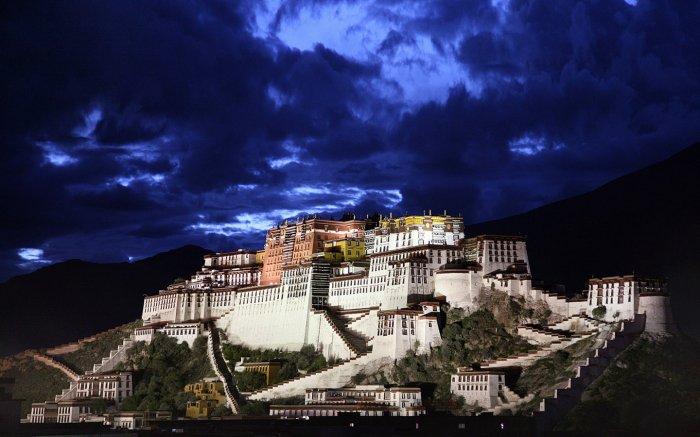

Nairobi Expansion joint rest assured service enterprises Zhongyuan valve fittings Nairobi Expansion joint overseas product promotion station
Go all out to provide localization Expansion joint solutions for Nairobi cement customers
Contact
SEND US YOUR MESSAGE
Once you send us your message, we will go through it and then get back to you as soon as possible. Thanks for trusting ZhongYuan water supply equipment.
Gongyi City, Henan Province, China
Phone: +8618539447368
Email: 18539447368@163.com
Whatsapp: {whatsapp}
ZhongYuan takes you to see China! The earliest recorded civilization in China was the Xia Dynasty, which existed from approximately 2100 BCE to 1600 BCE.

There are many historical and cultural heritages in China. I believe these cultural stories with a long history are attractive enough to make friends interested in Chinese pipeline expansion joint, pipeline power transmission joint, rubber joint products.
One of the world's famous attractions:
The Potala Palace is a highly revered cultural and religious site located in Lhasa, the capital city of Tibet Autonomous Region, in China. It is situated on the Red Hill of Lhasa valley, and its construction began during the Tang Dynasty in the 7th century. The palace is a symbol of Tibetan Buddhism and has been listed as a UNESCO World Heritage site since 1994.